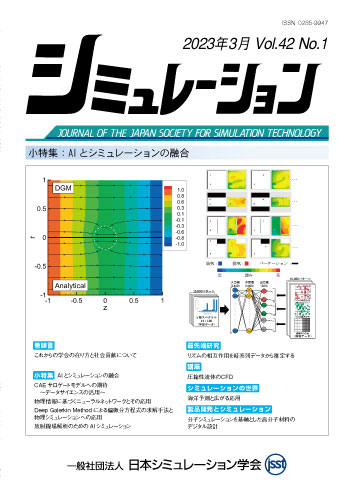Volume 15, Issue 1
Displaying 1-5 of 5 articles from this issue
- |<
- <
- 1
- >
- >|
Special Section on the JSST2022 Student Session
Preface
-
2023Volume 15Issue 1 Pages i
Published: 2023
Released on J-STAGE: June 03, 2023
Download PDF (174K)
Paper
-
2023Volume 15Issue 1 Pages 20-26
Published: 2023
Released on J-STAGE: June 03, 2023
Download PDF (3811K) -
2023Volume 15Issue 1 Pages 27-35
Published: 2023
Released on J-STAGE: June 23, 2023
Download PDF (2241K)
Regular Section
Paper
-
2023Volume 15Issue 1 Pages 1-11
Published: 2023
Released on J-STAGE: April 15, 2023
Download PDF (2965K) -
2023Volume 15Issue 1 Pages 12-19
Published: 2023
Released on J-STAGE: April 20, 2023
Download PDF (8109K)
- |<
- <
- 1
- >
- >|
